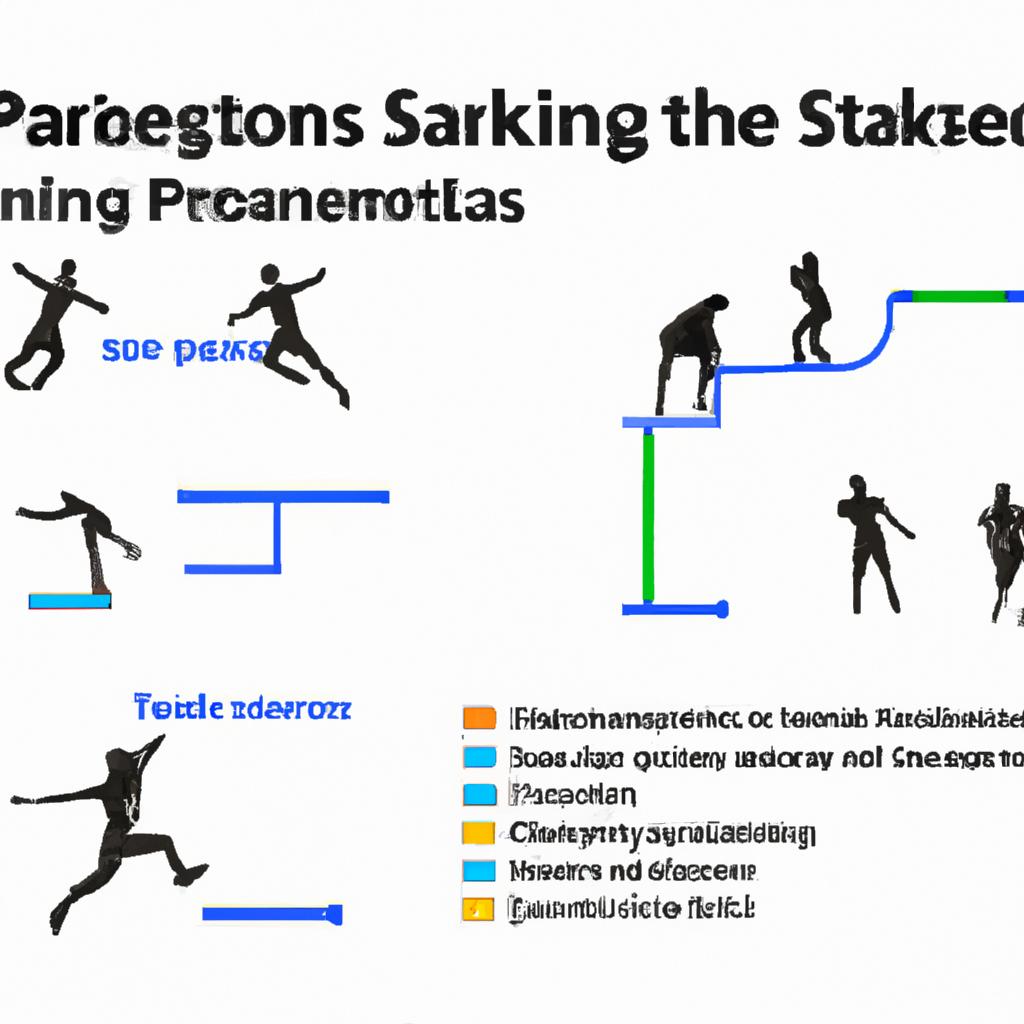**”Transitioning from Basic Parkour Movements to Advanced Techniques: A Guide for Progressing Safely and Effectively”**
# Transitioning from Basic Parkour Movements to Advanced Techniques: A Guide for Progressing Safely and Effectively
Parkour, the art of movement, is not just about jumping from rooftop to rooftop; it is a discipline that embodies creativity, agility, and fluidity. For practitioners, transitioning from basic parkour movements to advanced techniques can be both exhilarating and daunting. Whether you are a beginner looking to elevate your skills or an intermediate practitioner ready to master the next level, understanding how to progress safely and effectively is crucial. In this guide, we will explore the essential steps to make that transition, covering nutrition tips, exercise advice, and the health benefits of advancing in parkour.
## Understanding the Basics
### The Foundation of Parkour
Before you can leap into advanced techniques, it’s essential to have a solid grasp of basic parkour movements. These include skills like rolling, vaulting, and landing, which serve as the building blocks for more complex maneuvers. Mastery of these foundational skills ensures that your body is prepared for the increased demands of advanced techniques.
### Assessing Your Current Skills
To progress effectively, it is vital to assess your current skill level. Take note of your strengths and areas that require improvement. Working with a coach or participating in group classes can provide valuable feedback and help you identify the specific skills you need to focus on.
## Gradual Progression to Advanced Techniques
### Set Incremental Goals
Moving from basic to advanced techniques should be a gradual process. Setting small, achievable goals is crucial. For instance, if you wish to learn the precision jump, first ensure you are comfortable with basic jumps and landings. Progressing in increments allows you to build confidence and reduces the risk of injury.
### Incorporating Advanced Techniques
Once you’ve mastered the basics, you can begin to incorporate advanced techniques into your training. Skills such as wall runs, flips, and kongs require not only strength but also coordination and timing. Start by practicing these techniques in a controlled environment. Utilize mats or soft surfaces to minimize the risk of injury as you refine your form.
## Nutrition Tips
### Fueling Your Body
The intensity of parkour can take a toll on your body, and proper nutrition is vital for recovery and performance. Focus on a balanced diet rich in whole foods. Incorporate lean proteins, complex carbohydrates, and healthy fats into your meals. Foods like chicken, quinoa, fruits, and vegetables will provide the necessary nutrients to fuel your workouts.
### Hydration is Key
Staying hydrated is equally important. Water is essential for maintaining energy levels and preventing fatigue. Consider drinking electrolyte-rich beverages, especially after intense training sessions.
## Exercise Advice
### Strength Training
To successfully transition to advanced techniques, you must develop overall strength. Engaging in strength training exercises such as squats, lunges, and core workouts can significantly enhance your performance. Additionally, incorporating upper body strength exercises like push-ups and pull-ups will help you with movements that require upper body power.
### Flexibility and Mobility
Flexibility plays a crucial role in parkour, allowing for smoother transitions and reducing the risk of injury. Incorporate dynamic stretching before workouts and static stretching after to improve your flexibility and mobility. Yoga or dedicated mobility exercises can also be highly beneficial.
## Health Benefits
### Physical Fitness
Advancing in parkour not only improves your skills but also enhances your overall physical fitness. You’ll develop increased strength, agility, coordination, and balance, which are beneficial for various physical activities beyond parkour.
### Mental Resilience
Parkour is as much a mental discipline as it is physical. The process of mastering new skills can boost your confidence and mental resilience. Overcoming challenges and fears during training fosters a sense of accomplishment that can translate to other areas of life.
### Community and Social Interaction
Participating in parkour also offers social benefits. Joining a community of fellow practitioners provides support, motivation, and camaraderie. Sharing experiences and learning together can enhance your journey and make training more enjoyable.
## Conclusion
Transitioning from basic parkour movements to advanced techniques requires careful planning, dedication, and a commitment to safety. By mastering foundational skills, setting incremental goals, and focusing on nutrition and strength training, you can progress effectively. Remember to celebrate your achievements, whether big or small, as each step brings you closer to mastering the art of movement. Embrace the journey, and let your passion for parkour guide you as you leap into new challenges.















Post Comment